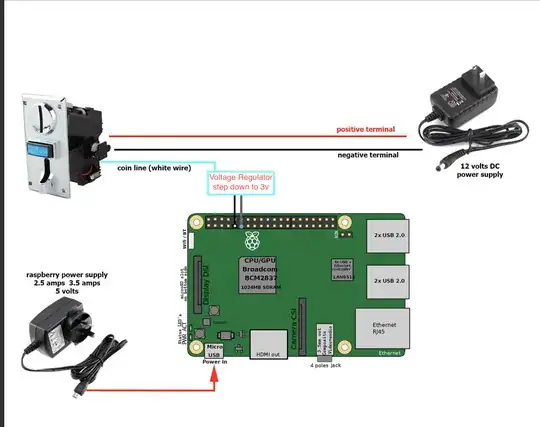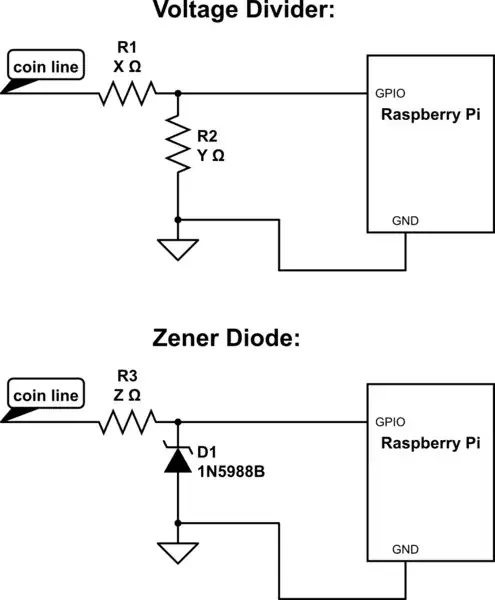i'm a software developer and a noob in electronics. I've built a photobooth for a friend of mine that runs by an ice cream stand.
The wiring is like this;
Coin acceptor | --> signal --> voltage regulator (out +)| -> rpi gpio 17
| (out -)| -> rpi gpoi gnd
| + and - 12v adapter + and -
When we plug the photobooth into electricity at home everything works fine, but when we plug it in by the ice cream stand the program does not receive pulses from the coin acceptor or receives 1 pulse after trying multiple times.
how can i overcome this issue and make coin acceptor connection stable?


